Related Topics
Chonky Motherboards
Parker discusses his latest project. An electronic device to ensure his pet cat does not become a chonker. A lawd its processing!
Ben Heck and the PinoTaur
Benjamin Heckendorn rejoins the podcast to discuss Pinball Hardware and Text Adventure Games.
Moses Parting the Sea of Traces
Parker and Stephen discuss using PCB materials for enclosures, distance sensing, and EDA tool updates.
Other Resources
Circuit Break Podcast
Webinars
Videos
Tour MacroFab's ITAR-Compliant Facility
June 16, 2017, Episode #72
- The next Hardware and Electronics Engineering Meetup page is live and will be on June 28th. Please RSVP if you plan on attending!
- The Stanford ValBal launched again with avionics components from MacroFab! You can see a live video on our Facebook page from the June 15th launch. Also check out episode 64 of the MEP where we have Sasha Maldonado and Paige Brown of the Standford Student Space Initiative!
- Parker
- Tested a new serial LED board for the pinball platform
- Finishing up writing the last of the EFM8 articles that Parker started last October
- Stephen
- Synth works but doesn’t.
- Not getting ACF, something isn’t biased just right
- Stephen will rip out some strip board and create an off board filter
- Final version will have two envelopes
- The current envelope works but Stephen doesn’t like it
- Mutable Instruments Shruthi 1 and a Video of how it sounds.
- Synth works but doesn’t.
- Pick Of the Week (POW)
- PD Buddy Sink : USB Power Delivery for everyone – Hackaday.io Projects
- Built by Clayton Hobbs
- Smart power jack that plugs into Power Delivery enabled power sources
- Tell it what voltage and current you need and it talks to the to any USB PD power supply to get you the juice
- Internet of Fidget Spinners – HackADay
- Built by Matthias
- ESP8285 for communication
- Accelerometer to measure wobble and an optical switch to measure the rotation speed
- POV – persistence of vision for graphics
- Project Page
- PD Buddy Sink : USB Power Delivery for everyone – Hackaday.io Projects
- Rapid Fire Opinion (RFO)
- Worlds Heaviest Weight – Veritasium
- How do you measure big forces accurately? Rocket Engines that produce 33 million netwons of force.
- Calibrating huge force transducer with the world’s heaviest weight!
- Have to take in account the air displaced by the weights.
- Does the Moon affect it?
- Peratech wins place in most advanced gaming mouse – Electronics Weekly
- First mouse with Force -Sensitive Analog buttons.
- Swiftpoint-z-mouse
- Won three CES 2017 innovation awards
- Includes an accelerometer and a gyroscope
- SP-200-10 Sensor
- QTC® SP Sensors are pressure sensitive membrane switches.
- Made with Elastomers dubbed ‘quantum tunneling composites’ (QTCs)
- LG Display Quality Assurance Report – Parker’s new monitor packaging
- Test report for Parker’s new monitor.
- Worlds Heaviest Weight – Veritasium
Are you interested in seeing a blog series for the synth we’re working on? [Let us know!](mailto: podcast@macrofab.com)
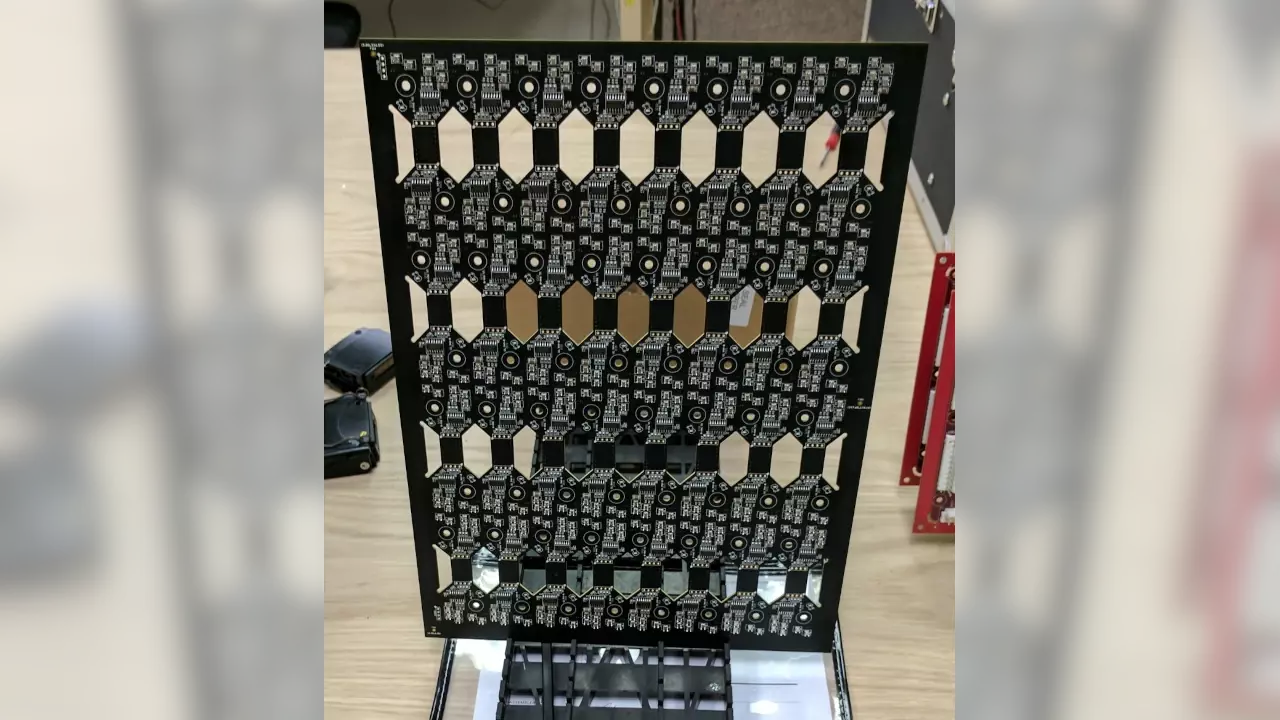
Figure 1: Panelized Serial RGB LED modules for pinball machines.
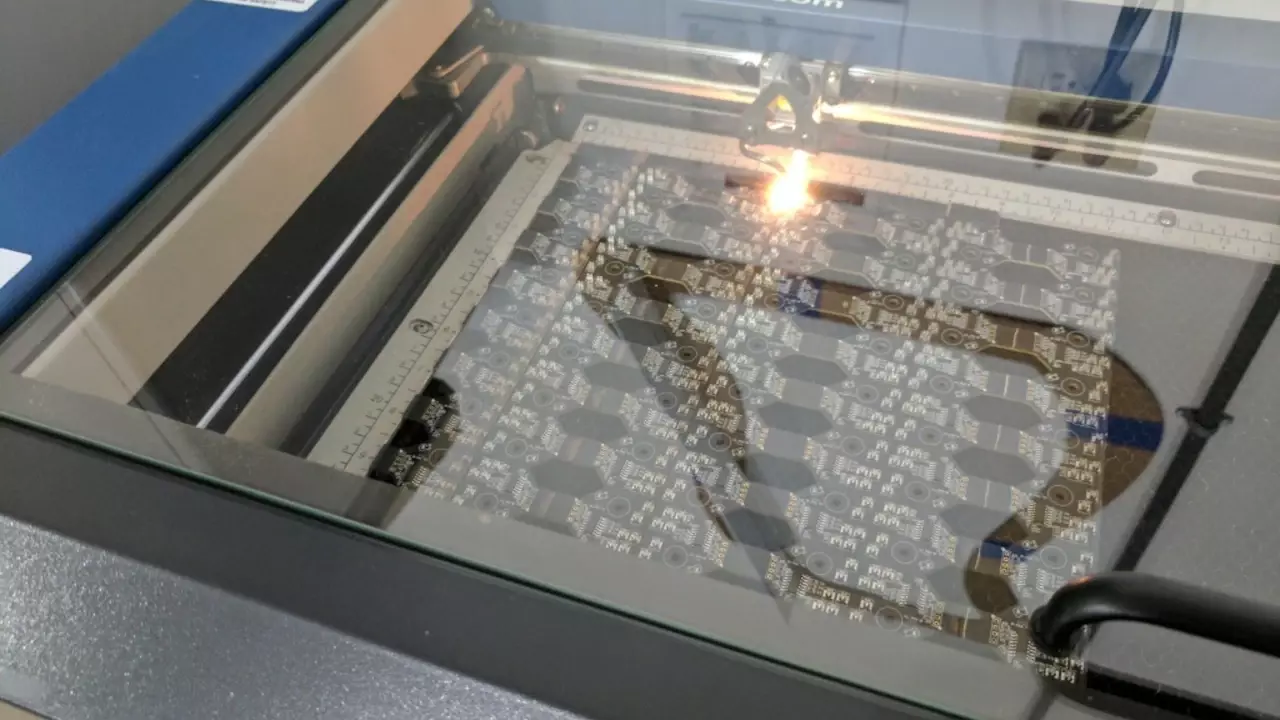
Figure 2: Lasering out the Panelized LED modules into stripes to reduce wiring under the playfield.
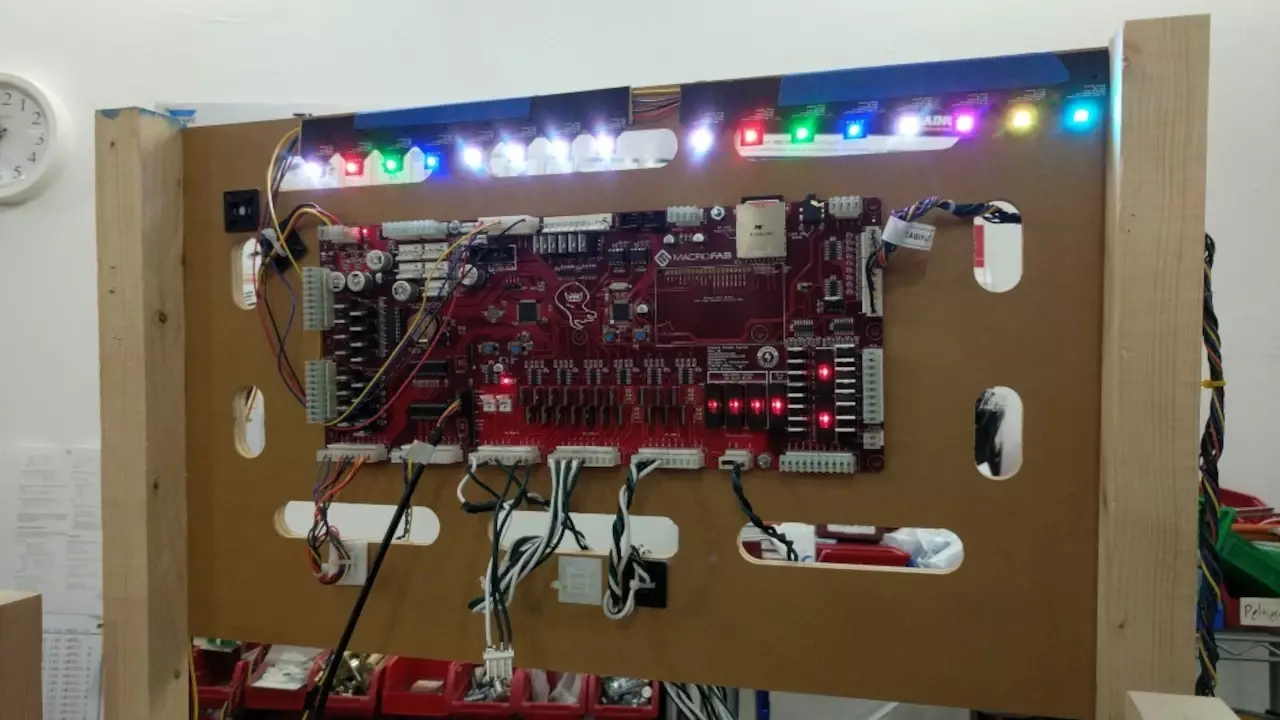
Figure 3: Testing the LEDs with the PinHeck Pinball Controller.
About the Hosts
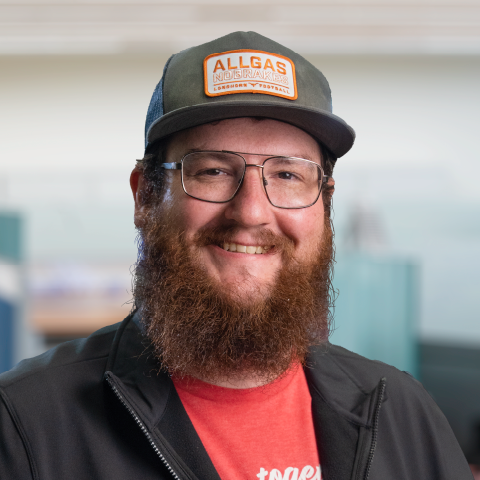
Parker Dillmann
Parker is an Electrical Engineer with backgrounds in Embedded System Design and Digital Signal Processing. He got his start in 2005 by hacking Nintendo consoles into portable gaming units. The following year he designed and produced an Atari 2600 video mod to allow the Atari to display a crisp, RF fuzz free picture on newer TVs. Over a thousand Atari video mods where produced by Parker from 2006 to 2011 and the mod is still made by other enthusiasts in the Atari community.
In 2006, Parker enrolled at The University of Texas at Austin as a Petroleum Engineer. After realizing electronics was his passion he switched majors in 2007 to Electrical and Computer Engineering. Following his previous background in making the Atari 2600 video mod, Parker decided to take more board layout classes and circuit design classes. Other areas of study include robotics, microcontroller theory and design, FPGA development with VHDL and Verilog, and image and signal processing with DSPs. In 2010, Parker won a Ti sponsored Launchpad programming and design contest that was held by the IEEE CS chapter at the University. Parker graduated with a BS in Electrical and Computer Engineering in the Spring of 2012.
In the Summer of 2012, Parker was hired on as an Electrical Engineer at Dynamic Perception to design and prototype new electronic products. Here, Parker learned about full product development cycles and honed his board layout skills. Seeing the difficulties in managing operations and FCC/CE compliance testing, Parker thought there had to be a better way for small electronic companies to get their product out in customer's hands.
Parker also runs the blog, longhornengineer.com, where he posts his personal projects, technical guides, and appnotes about board layout design and components.

Stephen Kraig
Stephen Kraig is a component engineer working in the aerospace industry. He has applied his electrical engineering knowledge in a variety of contexts previously, including oil and gas, contract manufacturing, audio electronic repair, and synthesizer design. A graduate of Texas A&M, Stephen has lived his adult life in the Houston, TX, and Denver, CO, areas.
Stephen has never said no to a project. From building guitar amps (starting when he was 17) to designing and building his own CNC table to fine-tuning the mineral composition of the water he uses to brew beer, he thrives on testing, experimentation, and problem-solving. Tune into the podcast to learn more about the wacky stuff Stephen gets up to.
Special-thanks-to-whixr-over-at-Tymkrs-for-the-intro-and-outro!
Related Podcasts
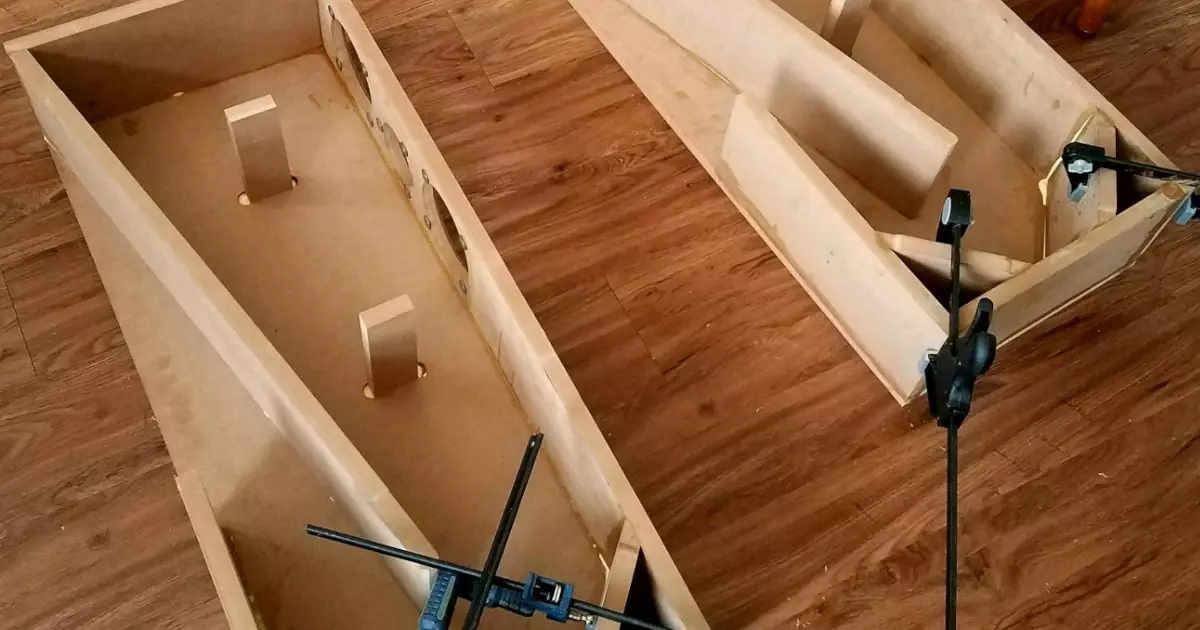
The Greek Tragedy of ADCs
Battery less Cellphones, Raspberry Pi Compute Modules, ENOBs, and a 100W USB Type C eval board!
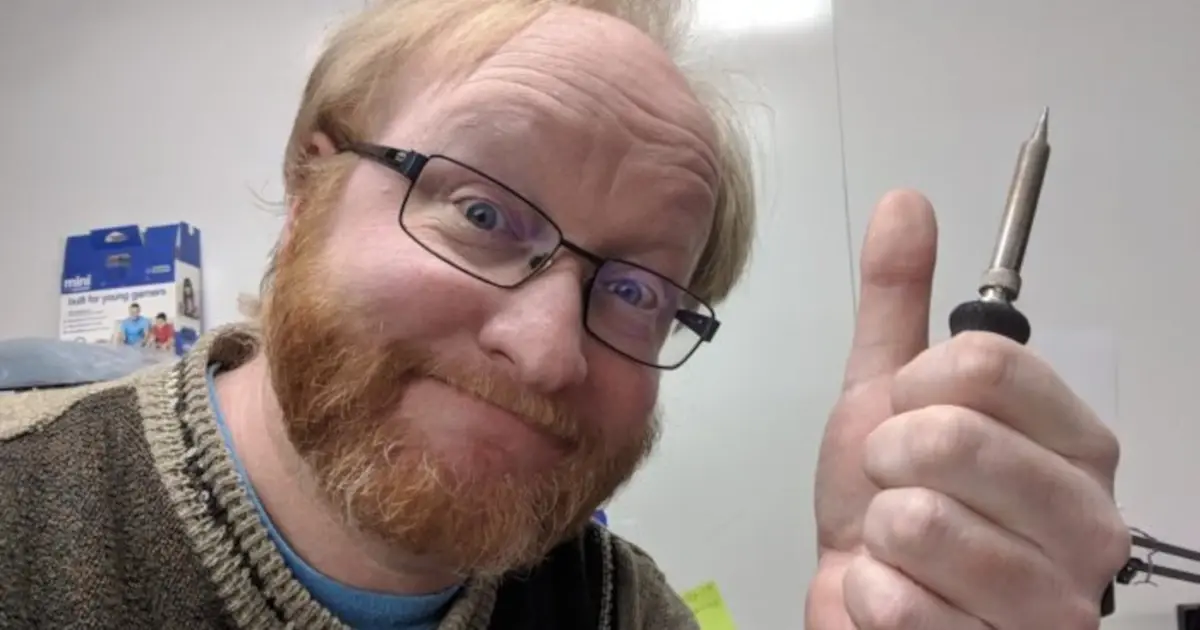
Ben Heck and the PinoTaur
Benjamin Heckendorn rejoins the podcast to discuss Pinball Hardware and Text Adventure Games.

Chonky Motherboards
Parker discusses his latest project. An electronic device to ensure his pet cat does not become a chonker. A lawd its processing!
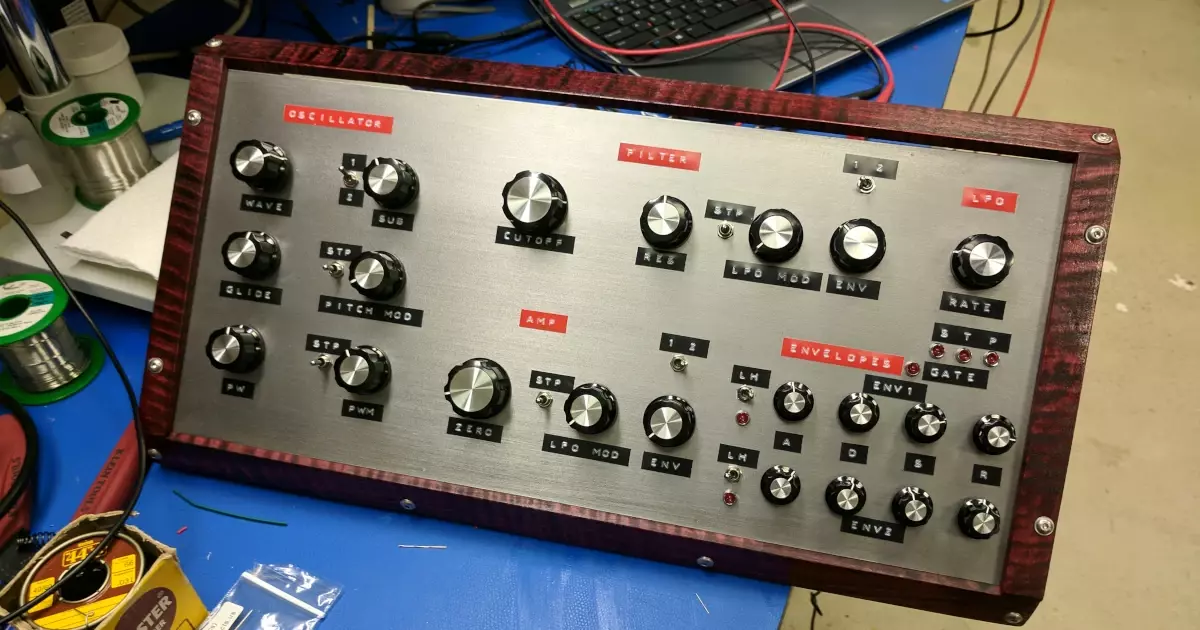
Make Electrons Flow Right?
Stephen finishes his Synth and jams some tunes!
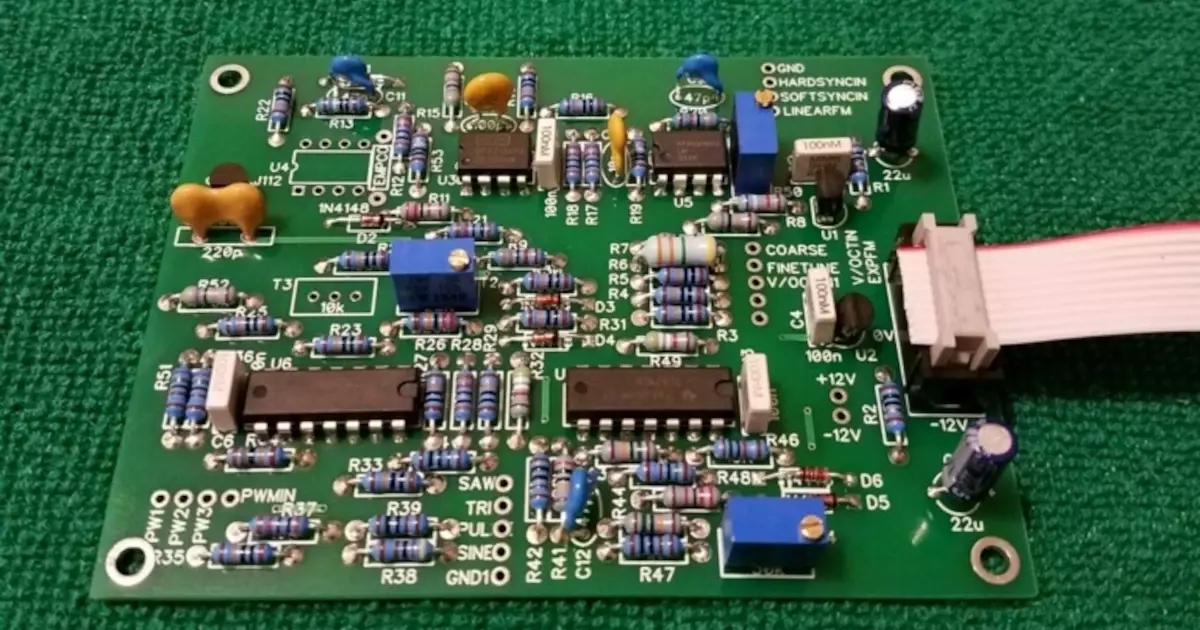
Moses Parting the Sea of Traces
Parker and Stephen discuss using PCB materials for enclosures, distance sensing, and EDA tool updates.
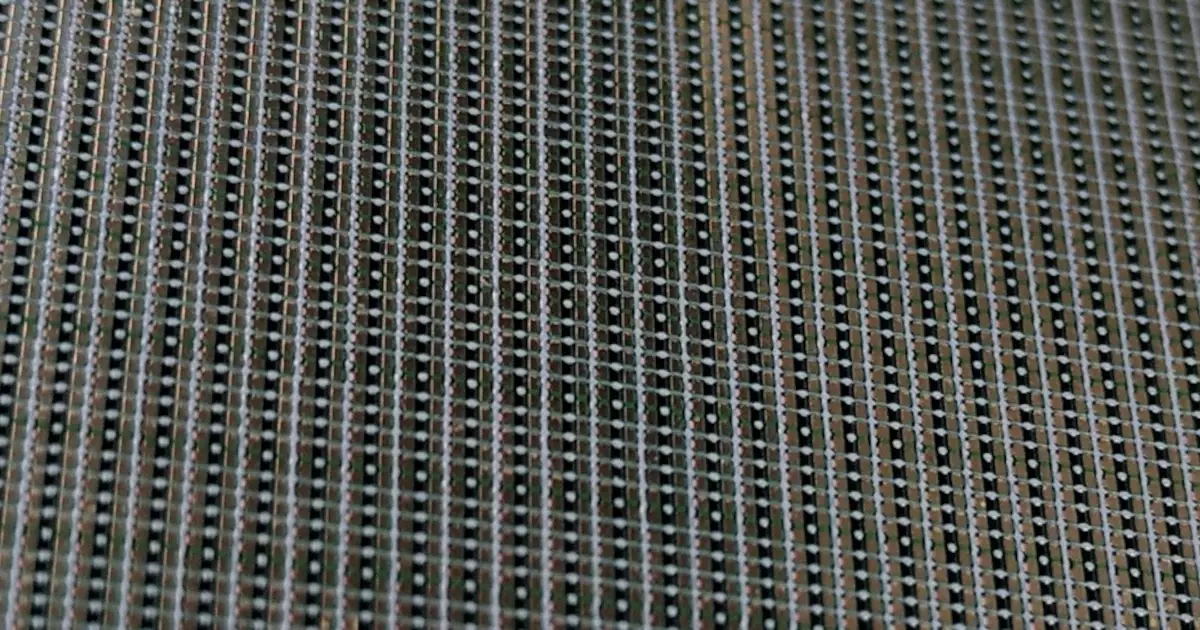
Hungry Hungry Op Amps
Parker and Stephen just talk about Projects... Just Projects for 30 minutes.
About MacroFab
MacroFab offers comprehensive manufacturing solutions, from your smallest prototyping orders to your largest production needs. Our factory network locations are strategically located across North America, ensuring that we have the flexibility to provide capacity when and where you need it most.
Experience the future of EMS manufacturing with our state-of-the-art technology platform and cutting-edge digital supply chain solutions. At MacroFab, we ensure that your electronics are produced faster, more efficiently, and with fewer logistic problems than ever before.
Take advantage of AI-enabled sourcing opportunities and employ expert teams who are connected through a user-friendly technology platform. Discover how streamlined electronics manufacturing can benefit your business by contacting us today.